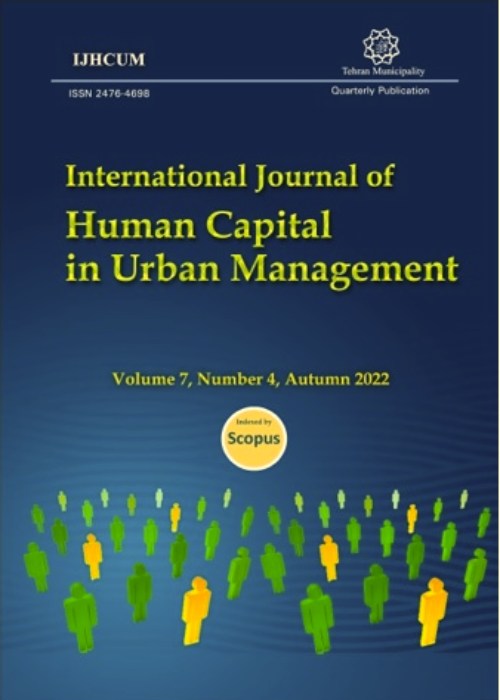Environmental management for human communities around wetlands adjacent urban region by ecological risk approach
Human communities encompass significant population proportion via various strategies of livelihood around the wetlands, including urban development, municipal wastewater discharge or solid disposal, construction growth, agriculture, and fishery piers. Wetlands essentially prepare precious biodiversity and are excellently approved as valuable ecosystems; however, have been exposed to destruction and ruin. The most impressive objectives of the research are briefly to improve the wetland ecosystem by highlighting biodiversity protection approaches. In this paper, the whole socio-economic activities, besides the environmental concerns, have been probed on the Boujagh Wetland to better figure out the trade-offs with this management practice.
Overall, a conceptual integrated management model has been utilized as the framework of the study, afterward identifying hazardous factors, vulnerability, and indicator species threshold, Ecological Risk Assessment has been implemented by Tiered-ERA model; MIKE 21 simulated contaminants in the widespread aquatic area. SWOT and Quantitative Strategic Planning Matrix have been selected for strategy identification and classification, respectively. In order to illustrate sensitive habitats and other features, Geographic Information System and Remote Sensing instruments have been applied.
Results demonstrated “chemical fertilizers and pesticides of upstream farmlands” and “toxic metals of industrial wastes and boating” led to ecological hazards for organisms; in addition, nitrogen and phosphor parameters affected eutrophication, influenced due to residential effluents. Furthermore, the most sensitive ecosystems are situated on the surrounding Boujagh Wetland and Sefidrud River margin. Conservation and tourism are prioritized as key strategies and wise uses by scores 10.19 and 9.79 on the QSPM respectively.
Finally, conservation, extensive tourism, urban wastewater treatment establishment, elimination of chemical fertilizers and pesticide consumption, prevention of boating, especially military maneuvers, and landfill removal have been suggested to restore the Boujagh Wetland instead of countless unaccustomed land uses.
- حق عضویت دریافتی صرف حمایت از نشریات عضو و نگهداری، تکمیل و توسعه مگیران میشود.
- پرداخت حق اشتراک و دانلود مقالات اجازه بازنشر آن در سایر رسانههای چاپی و دیجیتال را به کاربر نمیدهد.



